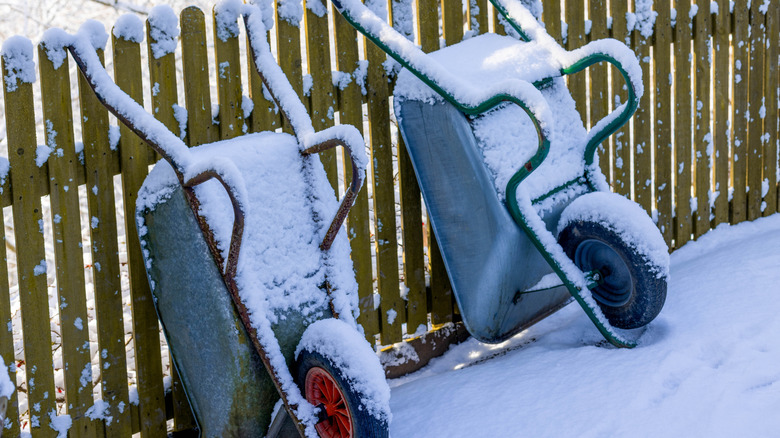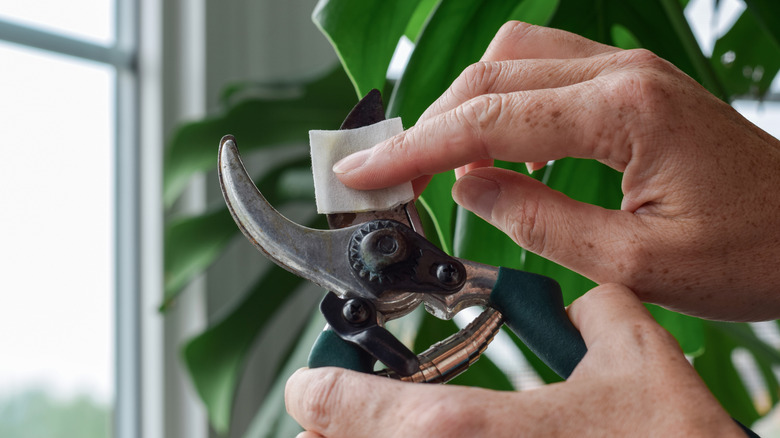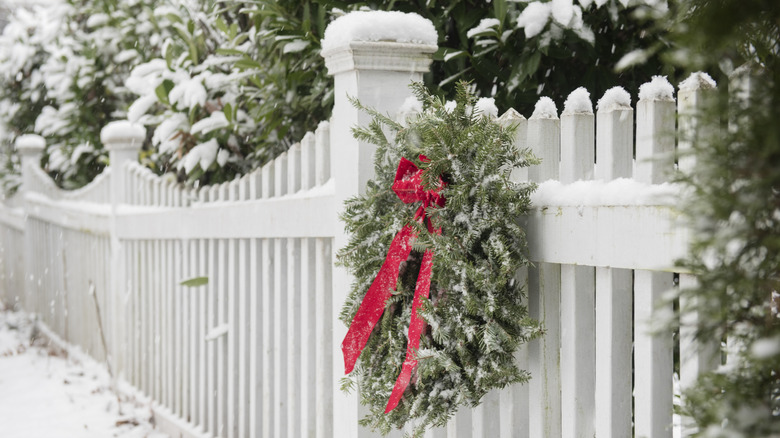Outdoor Chores To Keep Your Yard And Garden In Tip-Top Shape This Winter
If you've recently gotten into gardening or landscaping, winter may seem extra depressing this year. There's nothing left to do in your yard, right? However, winter doesn't have to put a halt to all of your fun. Rather than seeing winter as a hard stop to gardening or landscaping activities, think of it as an opportunity to slow down and reset. During these colder months, you can take care of maintenance tasks that will help keep your garden and yard in tip-top shape.
When gardening, warmer months can be super demanding because you're busy planting new gardens and keeping everything alive. In the winter, you get a chance to pause and reassess. With this free time, take on tasks like pruning, propagating plants, maintaining tools, and completing major landscaping projects. Although they may seem like busywork, these chores are really important for the overall health of your yard heading into spring. For example, pruning is a great opportunity to remove any diseased or dead plant parts, and, for some trees, winter is actually one of the best times to do it.
Pruning and caring for gardening equipment
Although there are plants you should avoid pruning in winter, it's the ideal time for pruning certain trees like oaks and elms because it eliminates the risk of harming new growth and prevents spreading diseases like Dutch elm disease or fire blight because pathogens are also dead or dormant. Although you can call a professional, it is possible to DIY. It can be tricky, though, so review the right way to prune trees to avoid any mistakes. After pruning, make use of any healthy cuttings by propagating them. It's one easy way to flex your green thumb, especially with hardwood plants like blueberry bushes, apple trees, and apricot trees. If trees aren't the vibe, you can also try smaller ornamentals like roses or hydrangeas.
Pruning will likely be one of the last jobs you'll need your tools for this season. Before storing them for winter, properly clean and disinfect your gardening tools. To do so, start by disassembling tools with moving parts like your hedge clippers and pruners. Then, clean them with a sponge dipped in a mixture of dish soap and water. For metal surfaces, you can also scrub them with a wire or stiff-bristled brush and remove rust with steel wool or sandpaper. Just wipe down your tools with linseed oil afterwards. Finish up by soaking your tools for 30 minutes in a mix of one part bleach to nine parts water. This solution is only potent for about two hours, so if it takes you longer to disinfect your tools, make a new mix for it to be fully effective.
Get ahead on any major yard projects
During winter, your yard has one unique benefit: It's basically empty. Once you pick up any remaining debris like fallen leaves or branches, there's not a whole lot going on. This makes winter a fantastic time to complete hardscaping projects like building patios, pergolas, or even installing a fence. Completing big projects in the winter may sound silly. However, you can save yourself money because it's the off-season. In addition, you may also have faster turnaround times. Another major benefit to completing renovations when it's cold outside is that you'll cause less damage to your yard. Since the ground is frozen, it can hold up better to heavy equipment, foot traffic, and more.
After any big projects are complete, you have the benefit of being able to plan your spring yard design to complement your new yard structures. Plant some seeds outside during winter that will be ready for spring. To do so, you need to select flower seeds that can be planted in winter. Also, semihardy vegetables like cauliflower, Chinese cabbage, and beets can all withstand light frosts between 28 to 32 degrees.


